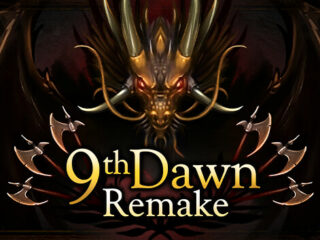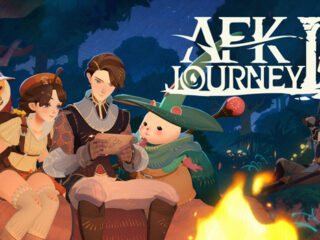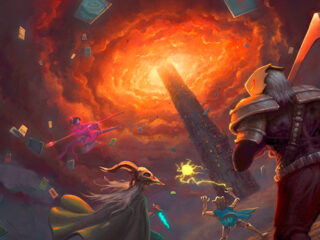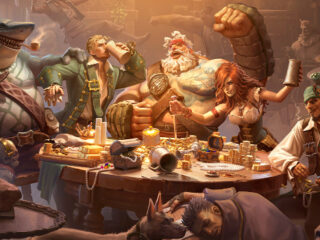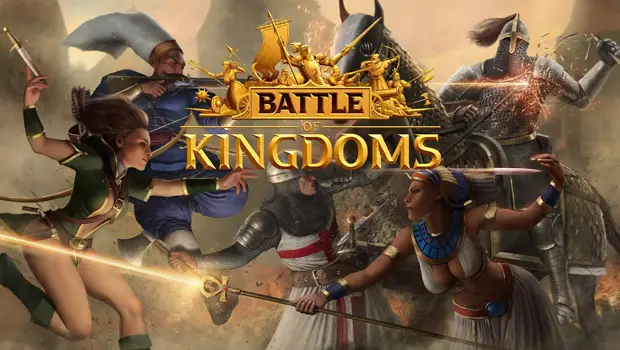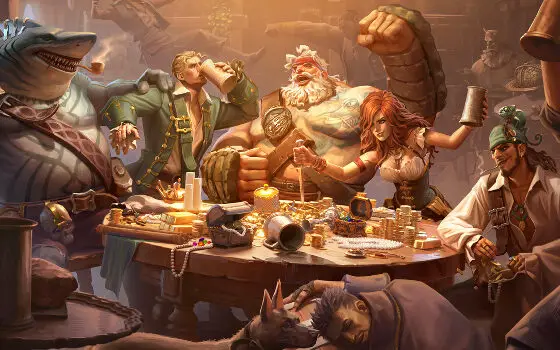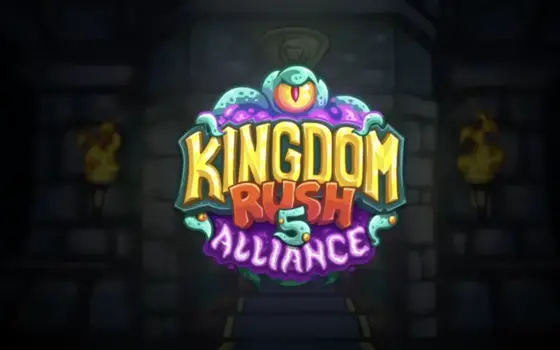Actually Quite Fungible
At the risk of spoiling the rest of the review, I really wanted to give Battle of Kingdoms a chance. There are a million, possibly more, “strategy” games on Google Play, and maybe one in 20 is worth your time. Most feel like the same game with slight, often cosmetic, differences. To its credit, 5×5 Gaming’s Battle of Kingdoms is not one of those games. However, what it is isn’t much better.
My opinion of Battle of Kingdoms sank quickly once I realized it’s an NFT game. Each unit has a card with artwork that players can have minted into an NFT. Considering what happened to the NFT market, I don’t know why you would want to do that. Even if the bubble hadn’t burst, it’s not like these cards are unique, and I wouldn’t call the artwork anything to write home about. It’s perfectly serviceable for identifying each unit, but I wouldn’t pay money for any of them as a standalone product.
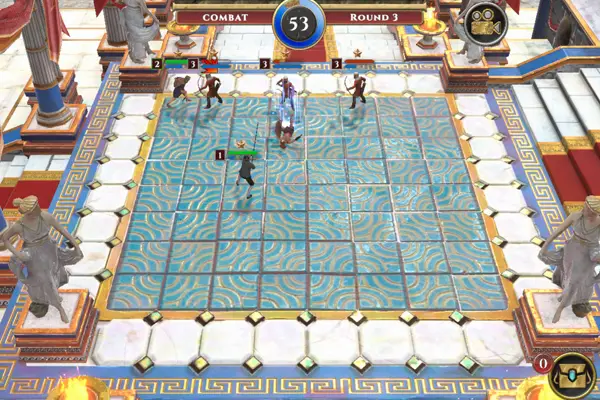
Ages and Empires
Combat takes place in an 8×8 square grid. Players draw unit cards from their deck and spend Gold to play them each round. You can play as many cards as you can afford, but you can only deploy a limited number of units. Usually, you can deploy one unit on the first round, than one more of each additional round.
Units come in one of five classes: Frontline, Soldier, Assassin, Marksman and Cleric. Soldiers are good all-rounders, while Frontlines are the tanks of Battle of Kingdoms. Assassins are fragile, high-damage units and can teleport behind enemy lines. Marksmen and Clerics are both ranged fighters, and the latter are the only to deal magic damage instead of physical damage. Some units are resistant to different kinds of damage. However, since you don’t know which units your enemy will field, it is hard to take advantage of that effectively.
The game features units from various historical nations, including Egypt, Persia, Greece, Rome, Byzantium, China, Spain, Russia, the Incas and more. They gain a combat bonus when fighting beside units of the same culture.
However, their historical accuracy is mixed. For example, the game would have you believe the medieval Mamluks were around in Bronze Age Egypt. Meanwhile, while most of the Cleric units are things like Chinese monks and Roman priestesses, England’s is a “Court Mage.” In fact, Battle of Kingdoms’ England feels kind of phoned-in compared to the others. It’s more of a broad Medieval Europe faction than England specifically.
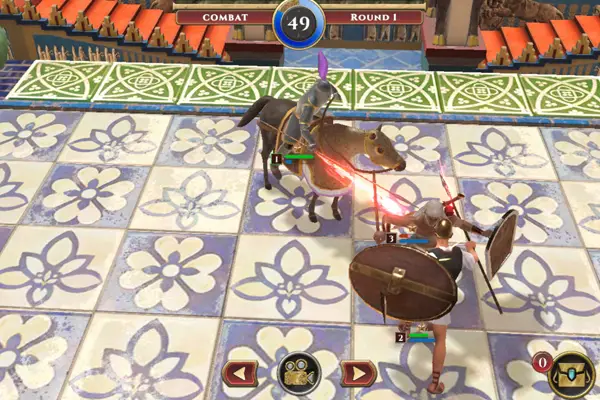
Slogging in Sandals
After selecting your units, you can choose where to deploy them on the field. You can also equip them with items, though good luck with the game’s interface. You only have a few seconds to choose your cards and get your troops ready, and the UI fights you the entire way. Positioning units is finicky at best and nightmarish if you have two units next to each other.
However, I could forgive everything else if the game was fun, but it just isn’t. Your involvement ends after you deploy your forces, and Battle of Kingdoms doesn’t even offer much visual spectacle. Arenas have different aesthetics but are functionally identical, and every battle feels the same. There are also no characters or real stories to get invested in. Occasionally, you’ll get some blurb summarizing a historical battle, but those don’t meaningfully connect to the player’s actions.
Ultimately, Battle of Kingdoms’ biggest problem isn’t the NFTs, historical accuracy, or even the insufferable interface. The game’s problem is that it’s boring, and I can’t think of a good reason anyone would want to play it.
Is It Hardcore?
No.
Battle of Kingdoms is a dull, uninteresting game with little to recommend if you aren’t into mediocre NFTs.
